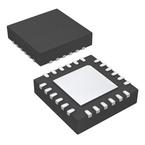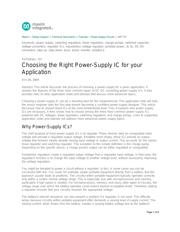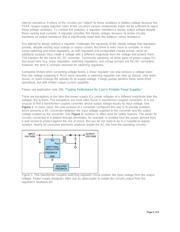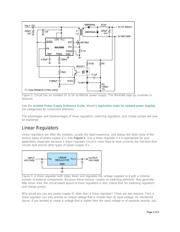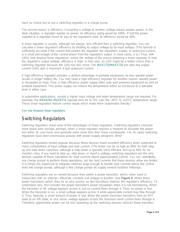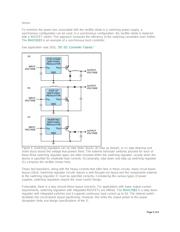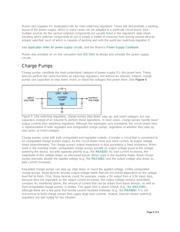下载

Maxim > Design Support > Technical Documents > Tutorials > Power-Supply Circuits > APP 737
Keywords: power supply, switching regulators, linear regulators, charge pumps, switched capacitor,
voltage converters, regulator ICs, inductorless voltage regulator, portable power, dc dc, DC-DC
converters, step-up, step-down, buck, boost, inverter, isolated p
TUTORIAL 737
Choosing the Right Power-Supply IC for your
Application
Oct 28, 2009
Abstract: This article discusses the process of choosing a power supply for a given application. It
reviews the features of the three most common types of DC-DC converting power-supply ICs. It also
provides links to other application notes and tutorials that discuss more advanced topics.
Choosing a power-supply IC can be a daunting task for the inexperienced. This application note will help
the novice engineer take the first step toward becoming a confident power-supply designer. This article
discusses how to choose these ICs at the most fundamental level. First, it explains why power-supply
ICs are necessary. It then shows how to choose among the three most common power-supply ICs
powered with DC voltages: linear regulators, switching regulators, and charge pumps. Links to supportive
application notes and tutorials will address more advanced power-supply topics.
Why Power-Supply ICs?
The chief purpose of most power-supply ICs is to regulate. These devices take an unregulated input
voltage and provide a regulated output voltage. Restated most simply, these ICs provide an output
voltage that remains steady despite varying input voltage or output current. This accounts for the names
linear regulator and switching regulator. The exception to this simple definition is the charge pump.
Depending on the specific device, a charge pump's output can be either regulated or unregulated.
Sometimes regulators create a regulated output voltage from a regulated input voltage. In that case, the
regulator's function is to change the input voltage to another voltage level, without necessarily improving
the voltage regulation.
You might be tempted to power a circuit without a regulator. In fact, in some cases you can be
successful with this. You could, for example, power portable equipment directly from a battery. But this
approach usually leads to problems. The circuitry within portable equipment typically operates correctly
only within a certain narrow voltage range. This is especially true with microprocessors and memory,
particularly if high speed is needed. For microprocessors, memory, and many other types of circuitry, the
voltage range over which the battery operates could extend beyond acceptable levels. Therefore, adding
a regulator ensures that your circuitry receives the appropriate voltage.
The battery's internal resistance can also present a problem if a regulator is not used. This difficulty
arises because circuitry within portable equipment often demands a varying level of supply current. This
varying current, when drawn from the battery, creates a varying battery voltage due to the battery's
Page 1 of 8

